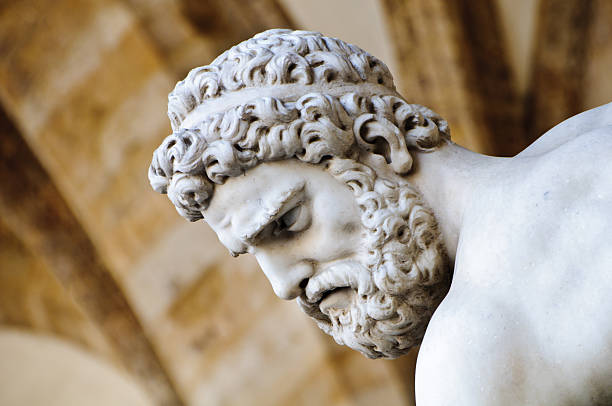This study of Heracles (better known by his Roman name Hercules) derives from the PhD thesis of Sofia Frade. She is now Assistant Professor at the University of Lisbon; during a three-year fellowship, she was at University of Oxford.
She works here with both literature and material culture, noting early in the book that the worlds of philologists and archaeologists rarely mix. “The other main challenge is the way in which the articulation between tragedy and politics has been studied.” Frade’s opening chapters lay the groundwork for her close reading of a play by Euripides, and “how those readings are articulated with Athenian ideology and how they can proceed from it, and reinforce it. Fundamental to my readings, however, is the question of performance.”

Frade posits a ‘cultural surface’ as the cultural manifestations of a specific group. It encompasses both collective-held beliefs and the tension created by divergent individual beliefs.” It is probative to keep this in mind, as it informs her explanation of how Heracles was co-opted by Athens, even though he was a pan-Hellenic hero. Even though his cult is not established in the Acropolis, “Heracles is the main figure in Attic pottery of the sixth century. How he became a hero is unknown, as “his mythology cannot be traced back to its origins…He is not a Homeric hero,” but rather “a hero of the past even for Homeric characters.” Thus, his origins are in the mists of distant time, as pre-Homer is a nearly completely unknown aspect of Greek literary/mythic history.
Frade has a fascinating chapter on Heracles’ appearance in Athenian monumental architecture. While it is true that a visitor to the Acropolis today will not see Heracles, that was not always the case. He “had a strong presence in the old Peisistratean Acropolis but was almost eliminated in Pericles’ programme.” Heracles was also featured prominently in the Athenian treasury and also at the older Temple of Apollo, both on the island of Delphi. At the Treasury, “Theseus and Heracles are represented as two sides of the same reality, the fight against chaos as a fundamental requisite for peace and civilization.” While Heracles was a demi-god, being the son of Zeus, Theseus was an entirely human representation. The depiction of Heracles at the Treasury was in stark contrast to his appearance at the temple in Delphi. There he is a hero who fights the gods; but once appropriated by the Athenians in their Treasury building, he became a civilizing hero. This is the key to understanding how the myth of Heracles was used as a propaganda tool by the Athenian elite, which is the overarching argument Frade is making in the book.
While the term propaganda ‘enjoys’ an entirely perjorative meaning today, it was not quite so clear-cut in ancient Greece. Here, the appropriation of myth was a form of propaganda. The Temple at Delphi itself was actually propaganda. A certain clan was expelled from Athens by the tyrant Hippias. It was that group that built the temple “to find political support for their anti-tyrant cause. With the support of the Spartan Kings, the tyranny was brought to an end.” As Frade makes clear, Athens was not the only city-state to use Heracles for its own purposes. In the 4th century BCE, for example, “the Thebans built a treasury at the entrance of the sanctuary at Delphi.” They added Heracles as a “main figure in a group of statues.” The rivalry between those two cities was a key factor in Greek politics. The temples built by Athens, Thebes and other city-states “were like giant billboards ready to display any messages the city wanted to transmit.” This was propaganda, Greek-style.
In the play by Euripides that Frade studies closely, I found her comments on the last two lines of the play to be the most important. The lines, sung by the chorus, read
We go now, pitied and much lamented,
Having lost our biggest friend.
“Why does the chorus lose his friend? Heracles is safe. Amazingly enough, nine of the commentaries on this play says much about these lines. Yet, they are quite puzzling. They reflect, I think, the relationship between Heracles and Thebes. The chorus has stated that they never want to lose their garland, yet Theseus says that Heracles will be the garland of Greece, through his role and worship in Athens.”
Overall, I find the arguments of Frade to be both illuminating and persuasive. By examining the role of Heracles in Athenian culture, she has being able to elucidate aspects of the cultural surface that previous studies have not understood. By applying an interdisciplinary approach, Frade has given us a more nuanced understanding of the myth of Heracles, and Athens itself. There is a typo on pg. 71: “it is importance” should read “it is important.”
Heracles and Athenian Propaganda: Politics, Imagery and Drama is by Bloomsbury. It lists for $103.50.
Image: this of image of Heracles is on the front cover of the book. It was sculpted by Giambologna 1529-1608.